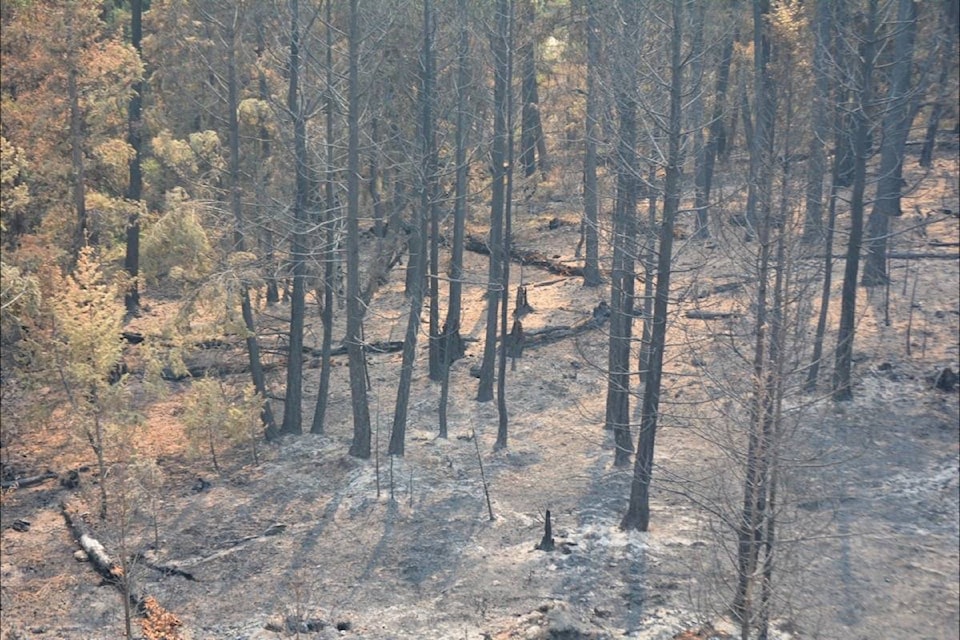There’s nothing like watching a good scrap unfold on Facebook. Keyboard combat, I like to call it.
But contrary to all the back and forth on social media, there are very few issues in this world that are truly black and white. Most truths are grey, murky and uncomfortable. And it doesn’t get much more emotionally rousing — or complex — than the recent wildfires.
So, are wildfires good or bad? The answer is both.
Looking at wildfires strictly from the perspective of danger to human life or economic losses, wildfires can be absolutely devastating.
Certainly the Cariboo Chilcotin faces a very uphill battle in terms of economic recovery from this summer’s fires.
From an environmental perspective, however, this frightening destruction is actually crucial to forest renewal, diversity and balance.
The Natural Resources Canada website (http://www.nrcan.gc.ca/forests/) states that forest fires open pine cones and free seeds allowing trees like lodgepole and jack pine to reproduce.
Fires also release nutrients from the forest floor and “open the forest canopy to sunlight” encouraging new growth.
The benefits of fire don’t stop at the boreal forests; by reducing excessive tree growth, fire is critical to open grassland ecosystems, our most endangered habitat.
Animals like Bighorn Sheep rely on open grasslands not just as a food source, but also to escape predation by keeping watch on their surroundings.
Still, as with everything else, it may be possible to have too much of a good thing.
Just over half of all wildfires are now human-caused. As well, according to the Natural Resources Canada website, humans also play a role in our effect on land use, vegetation composition, climate, and other factors which affect fire occurrence.
Sustainable forest planning, fire management practices and forest conservation strategies are far from one-dimensional, and that is precisely why they deserve our careful and dedicated attention.
We’ve all experienced some pretty turbulent emotional states as a result of these fires, but how about we ask ourselves a very practical, non-murky question: what can we do to prevent human-caused forest fires?
For this month’s conservation tip, we would direct our readers to the BC Wildfire Service website which contains a wealth of resources on wildfire prevention.
Tips include obvious things like ensuring cigarettes are fully extinguished, along with less evident actions like ensuring your lawn mower has a functioning spark arrestor.
The site also covers guidelines for safe backyard burning, as well as how to safely enjoy campfires and backcountry recreation — that is, once all restrictions have been lifted.
The FireSmart Homeowner’s Manual is also available for download from the website which is a comprehensive guide for reducing the risk to your home in the event of a nearby interface fire. It covers such things as reducing fuels around structures and planting certain types of fire resistant trees.
Let’s put down our social media bullhorns and get to work protecting ourselves and the environment.
For more information visit: http://www2.gov.bc.ca/gov/content/safety/wildfire-status/wildfire-prevention.
Vanessa Moberg is a co-ordinator and sustainable life educator with the Cariboo Chilcotin Conservation Society.
